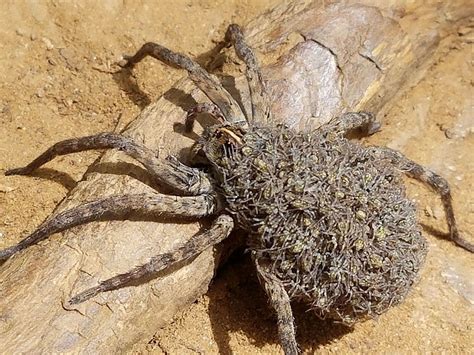Discover the fascinating world of South Australian spiders. Learn about their habitats, behaviors, and unique characteristics in this informative guide.
The Fascinating World of South Australian Spiders
Introduction
South Australia is home to a diverse range of spider species, each with its own unique characteristics and behaviors. From the dangerous and venomous Redback Spider to the elusive and harmless Huntsman Spider, these arachnids play a crucial role in the ecosystem. In this article, we will delve into the world of South Australian spiders, exploring their habitats, behaviors, and interesting facts.
Redback Spider
One of the most well-known spider species in South Australia is the Redback Spider (Latrodectus hasselti). Recognizable by its distinctive red stripe on its abdomen, the Redback Spider is highly venomous and can deliver a painful bite to humans. Found in dark, sheltered areas such as under rocks and logs, these spiders are known for their cannibalistic behavior, with females often consuming males after mating.
Huntsman Spider
On the other end of the spectrum is the Huntsman Spider (Sparassidae), a common sight in South Australian households. Unlike the Redback Spider, Huntsman Spiders are harmless to humans and are known for their large size and impressive speed. These spiders are excellent hunters, preying on insects and other small creatures that cross their path. Despite their intimidating appearance, Huntsman Spiders play a crucial role in controlling insect populations in homes and gardens.
Trapdoor Spider
Another fascinating spider species found in South Australia is the Trapdoor Spider (Mygalomorphae). As the name suggests, Trapdoor Spiders construct burrows with hinged doors made of silk and soil, which they use to ambush unsuspecting prey. These spiders are expert diggers, creating intricate tunnel systems underground where they wait patiently for prey to wander by. The Trapdoor Spider’s unique hunting strategy and impressive construction skills make it a truly remarkable arachnid.
Wolf Spider
The Wolf Spider (Lycosidae) is a common sight in South Australia, known for its agile hunting abilities and wolf-like appearance. These spiders do not spin webs to catch their prey but instead actively hunt down insects and other small creatures. Wolf Spiders are known for their excellent eyesight and speed, making them formidable predators in the spider world. Despite their fearsome reputation, Wolf Spiders are not venomous to humans and play an important role in controlling pest populations.
St. Andrew’s Cross Spider
The St. Andrew’s Cross Spider (Argiope keyserlingi) is a visually striking spider species found in South Australia, named for the distinctive cross-shaped web that the female spins. These spiders are known for their colorful markings and intricate web designs, which serve both a structural and defensive purpose. St. Andrew’s Cross Spiders are harmless to humans and primarily feed on flying insects that become ensnared in their webs. Their presence in gardens and bushland is a testament to the delicate balance of nature.
White-Tailed Spider
The White-Tailed Spider (Lampona cylindrata) is a common sight in South Australian homes, known for its distinctive white-tipped abdomen. Despite their intimidating appearance, White-Tailed Spiders are not aggressive towards humans and typically only bite when provoked. While their venom can cause localized pain and discomfort, severe reactions are rare. These spiders are adept hunters, preying on other spiders and insects that they encounter indoors.
Conclusion
South Australian spiders form a crucial part of the local ecosystem, playing a vital role in controlling insect populations and maintaining the delicate balance of nature. From the dangerous Redback Spider to the harmless Huntsman Spider, each species has its own unique characteristics and behaviors that make them fascinating subjects of study. By understanding and appreciating these arachnids, we can gain a deeper insight into the intricate web of life that exists all around us.